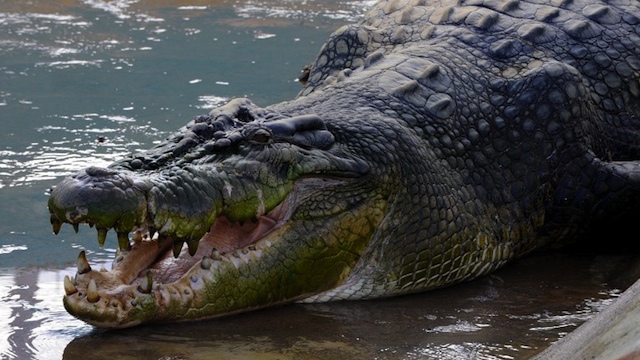SUMMARY
This is AI generated summarization, which may have errors. For context, always refer to the full article.

MANILA, Philippines – The results of the necropsy performed on Lolong, the world’s former largest crocodile in captivity which died on Sunday, will not be ready until next week, a government official said on Wednesday, February 13.
After the procedure was performed on Tuesday, February 12, tissue samples from the animal were sent to Manila and are now being analyzed in the laboratory, according to Protected Areas and Wildlife Bureau (PAWB) Director Dr. Mundita Lim.
“We need to wait for the outcome of those tests,” she told Rappler.
Lim — who had previously announced that the results of the necropsy (autopsy conducted on a non-human body) would be out by the need of the week — explained that the histopathological tests are necessary to determine the root of any cellular damage and thus the cause of death.
“The [samples] need to be processed and microscopically examined to complement [our] gross findings,” she added.
Histopathology is the examination of a biopsy or surgical specimen by a pathologist, after the sample has been processed and sections have been placed onto glass slides, but not free cells or tissue fragments.
Asked about the possibility that Lolong perished due to the adverse effect on its eating habits of the abrupt temperature drop that followed typhoon Pablo in Mindanao, Lim refused to speculate: “We cannot assume [anything] at this point until we get [the] entire picture.”
PAWB veterinarians on Tuesday found no traces of foreign material inside Lolong, debunking media reports that the gargantuan reptile died after eating a plastic and nylon cord. – with reports from Carlos Santamaria/Rappler.com
Add a comment
How does this make you feel?
There are no comments yet. Add your comment to start the conversation.